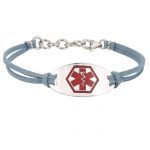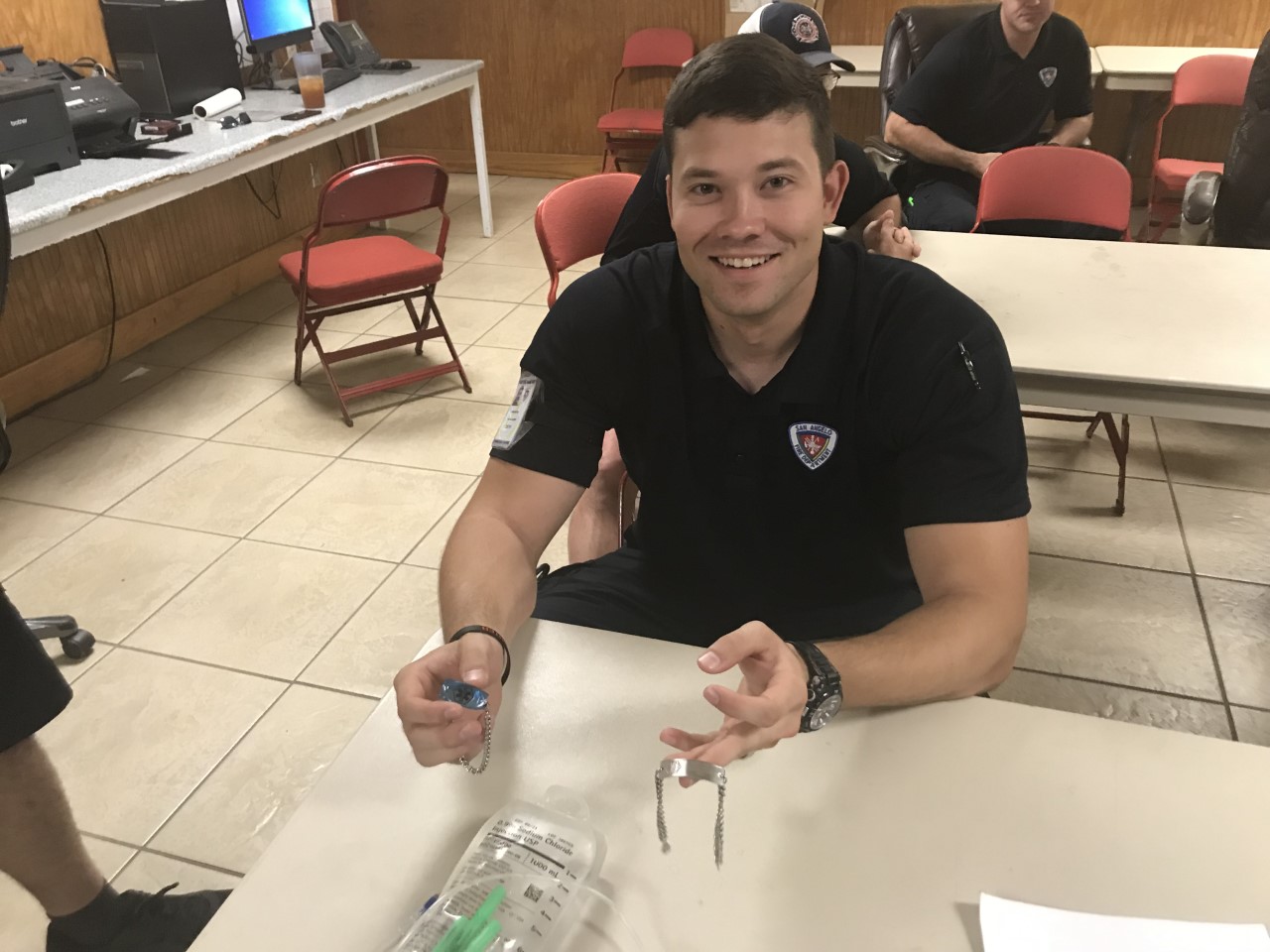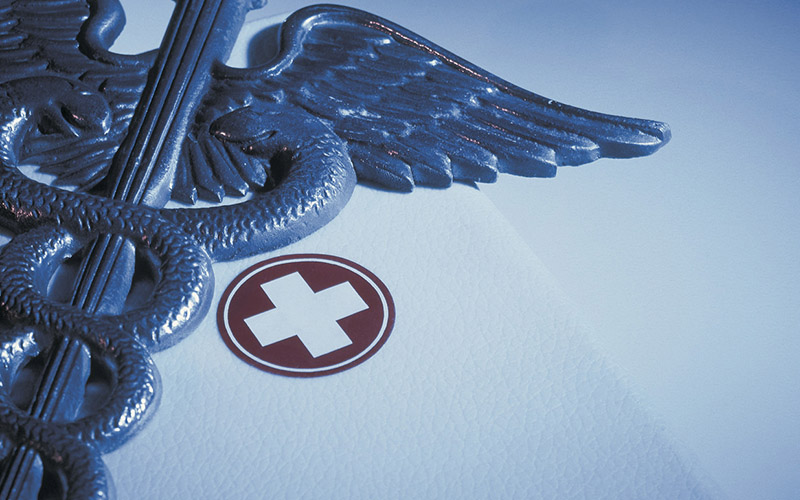A medical ID is any medical device that offers a summary of a patient’s health history to first responders, medical professionals, and bystanders.
These IDs can be lifesaving in the event of a medical emergency, especially if the patient loses consciousness or is otherwise unable to communicate.
Here’s a quick rundown on where to find the IDs, what information they commonly contain, and how to work with digital IDs.
Where to Find the IDs
The most common location for medical IDs is a bracelet worn at the patient’s wrist, and the next most common is a necklace worn around the patient’s neck.
Many medical IDs have a caduceus symbol to indicate its purpose to first responders.

Some patients may have a medical ID card on their wallet, a tag on their purse, suitcase phone, or even a charm on their shoelace.
If the patient is in a car, there may be a note about their medical information on their seat belt or car seat harness (usually for pediatric patients).
Remember that some IDs are engraved on the front and back.
What Information Medical IDs Contain
The IDs will list severe allergies, especially to food, drugs, and topical substances; chronic health conditions; medical devices such as pacemakers or insulin pumps; and medications such as blood thinners that can cause an intracerebral hemorrhage in the event of a fall.
Conditions that cause communication challenges such as deafness or autism may also be noted on the medical ID.
The “invisible illnesses” that are not immediately evident such as diabetes and epilepsy are especially important to note on a medical ID. This helps first responders to accurately and promptly treat the patient’s medical emergency, improving their overall outcome.
The patient’s emergency contact information can also be listed, depending on available space.
Digital IDs
For patients with an extensive medical history, a digital ID can be a valuable addendum to a physical medical ID. It allows the patient to provide their full medical history to first responders without being constrained by the limited space provided on a medical ID.
Online health records such as MyIHR (available through American Medical ID) provide immediate access to the patient’s public medical record via a QR scan from a card kept in the patient’s wallet. The patient can choose what information to make public and what information to keep private.
For more resources, check out https://www.americanmedical-id.com/medical-professionals. You can also request a free sample engraved medical ID to serve as a teaching tool for your patients, or a medical ID display with 100 tear off forms to easily give more information about purchasing a medical ID to your patients.






